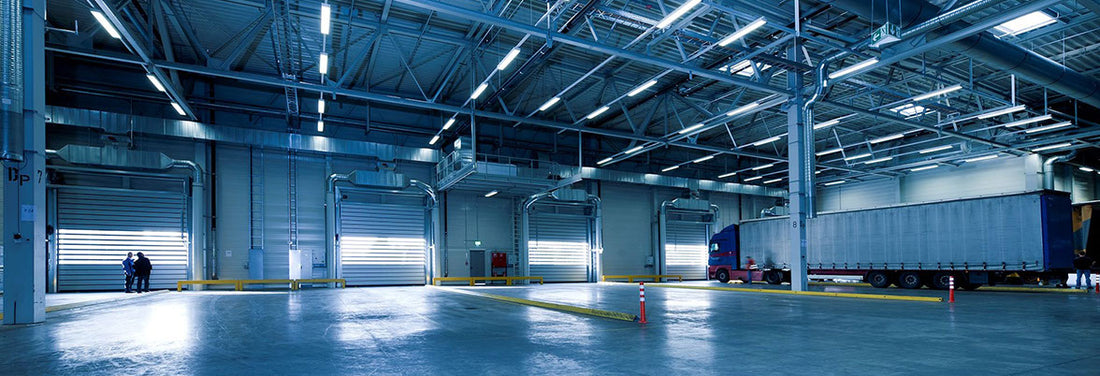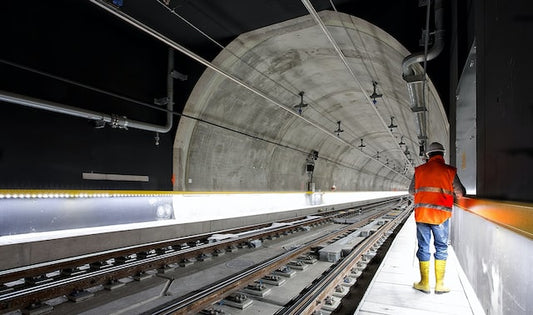When operating in an industrial environment, whether it's a factory, warehouse, or any other production site, the brightness within plays a crucial role. This brightness is quantified by a key parameter: industrial illuminance. But what is industrial illuminance, why is it so important, how can it be measured, and why is it paramount to rely on professionals to conduct an illuminance study in an industrial context? In this article, we will answer these questions and explore the critical role of light in the industrial sector.
What Is Industrial Illuminance?
Industrial illuminance is a measurement of the amount of light that reaches a specific surface in an industrial environment. This measure is commonly expressed in lux (lx), a unit of the International System of Units (SI). More precisely, one lux equals one lumen per square meter (lm/m²). To simplify, envision yourself in the middle of a large production workshop—the brightness you perceive is directly related to industrial illuminance.
Why Is Industrial Illuminance Essential?
Industrial illuminance holds vital importance in the manufacturing and production sector for several essential reasons:
1. Workplace Safety:
In an industrial setting, adequate illumination is essential to ensure the safety of workers. Insufficient lighting can lead to accidents and serious errors.
2. Productivity:
Good brightness enhances employee productivity. Improved visibility reduces production errors and optimizes performance.
3. Product Quality:
Adequate industrial illuminance helps maintain high-quality standards by facilitating inspection and defect detection in manufactured products.
4. Employee Comfort:
Sufficient brightness creates a more pleasant work environment, reducing eye strain and improving employee well-being.
Key Steps for Conducting an Industrial Illuminance Study
Conducting an industrial illuminance study requires a specialized professional approach. Here are the main steps in this process:
1. Needs Assessment:
The first step is to determine the specific illuminance requirements for your industrial environment. Each industry has its own lighting requirements.
2. Data Collection:
An industrial lighting expert will use specialized measurement equipment to gather data on existing illuminance in your facility.
3. Data Analysis:
The collected data is then analyzed to assess whether the current illuminance meets the prevailing standards and the site's needs.
4. Lighting Design:
Based on the analysis results, a tailored industrial lighting design is developed to ensure optimal illuminance in the industrial environment.
5. Implementation:
After design approval, the lighting system is installed according to specifications.
6. Verification and Adjustment:
Once installation is complete, illuminance verification is performed to ensure compliance with standards. Adjustments may be necessary to achieve the desired levels.
The Importance of Hiring Professionals
It is imperative to rely on qualified professionals to conduct an industrial illuminance study. Industrial lighting experts possess the expertise needed to ensure that your industrial environment's lighting suits its specific requirements, contributing to safety, productivity, and work quality.
In conclusion, industrial illuminance plays a critical role in the industrial environment, impacting safety, productivity, and work quality. A thorough understanding and professional management of illuminance are essential for the success of your industrial business. By investing in an industrial illuminance study, you create a safer, more efficient, and more comfortable work environment for your employees.
Remember that light is a valuable asset in the industrial sector, and its proper management can have a significant impact on your business.







